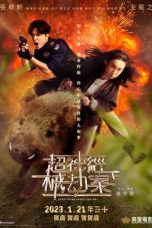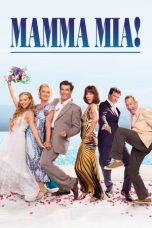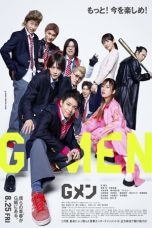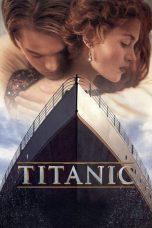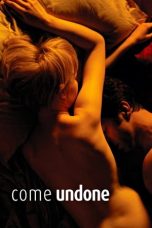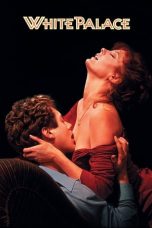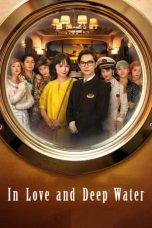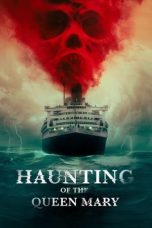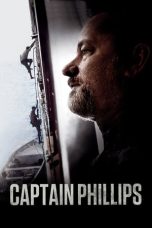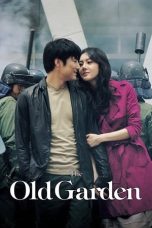- Source: Hiburi-class escort ship
Mamma Mia! (2008)
The Lord of the Rings: The Fellowship of the Ring (2001)
X-Men: First Class (2011)
Classified (2024)
In Love and Deep Water (2023)
The Last Voyage of the Demeter (2023)
Haunting of the Queen Mary (2023)
Hotel Transylvania 3: Summer Vacation (2018)
Kabayo (2023)
White Bird (2023)
Frozen (2013)
X-Men (2000)
Robot Dreams (2023)
No More Posts Available.
No more pages to load.
The Hiburi-class escort ship (日振型海防艦,, Hiburi-gata Kaibōkan) was a design development from the Mikura-class escort ships of the Imperial Japanese Navy (IJN), serving during and after World War II.
Background
In the Rapid Naval Armaments Supplement Programme of 1941, the Imperial Japanese Navy ordered the construction of thirty escort vessels (kaibōkan) – designated as #310 to #339 of that Programme, to provide escort ships for the Navy. Fourteen of these were planned as Etorofu class (Escort ship Type-A) of 860 tons standard displacement and sixteen as Mikura class (Escort ship Type-B) of 940 tons, although in the Budget (for which 153,360,000 yen was provided for the ships, or 5,112,000 per ship) they were all stated to be of 1,200 tons. However, three of the Mikura class (ships #328, #333 and #339) were subsequently designated as to be built to the Hiburi design.
In the next year's Modified 5th Naval Armaments Supplement Programme, the IJN ordered the construction of another thirty-four ships to a modified version (Ukuru class) of the Type-B design; these were designated as #5251 to #5284 of that Programme. However, eight of these ship (ships #5252, #5254, #5257, ##5259 and #5263 to #5266) were subsequently designated to be built to the Hiburi design. Only six of the eight were so completed, with #5265 and #5266 being incomplete at the end of the Pacific War and broken up.
The eleven ships were all ordered from the Hitachi Zōsen shipbuilding concern at Sakurajima, which had also received other orders for ships completed to the Etorofu, Mikura and Ukuru designs. The Hiburi design used the same hull as the Ukuru class, but with different fittings. In 1943, the Japanese Navy General Staff (Gunreibu) promoted the building of Escort ship Type-A, the Etorofu class and Escort ship Type-B, the Mikura class and Ukuru class. However, the Navy General Staff also noted that too many man-hours of work were needed for their building.
Design
The Navy Technical Department (Kampon) used the Ukuru's basic designs for the new drawings. It was a chimera of Mikura and Ukuru classes.
The new drawings had the following characteristic.
Armaments and under waterline designs were same as Mikura.
Everything else was same as in the Ukuru.
The Kampon estimated man-hours for building will be between 42,000 to 40,000.
The new drawing was sent to the Hitachi Zōsen Corporation, Sakurajima Shipyard. Those ships of the Mikura class and the Ukuru class that had not been started were converted to the Hiburi class. The Hitachi Zōsen built all of the Hiburi class vessels.
Ships in class
Of the nine ships completed, three were sunk by US submarines and two by naval mines.
Appendix
Classification of the Kaibōkan classes in IJN official documents
The Shimushu, Etorofu, Mikura, Hiburi and Ukuru were classed in the Shimushu class.
The IJN changed their classification on 5 June 1944, because the shipyards and commanders were confused.
The Escort ship Type-B and Modified Type-B were combined to the Escort ship Type-A, and Type-Bs became extinct thereby.
Gallery
(Changes of equipment and under waterline design)
See also
Shimushu-class escort ship
Etorofu-class escort ship
Mikura-class escort ship
Ukuru-class escort ship
Type C escort ship
Type D escort ship
Destroyer escort
Tacoma-class frigate
Flower-class corvette
Footnotes
Bibliography
"Rekishi Gunzō"., History of Pacific War Vol.51, The truth histories of the Imperial Japanese Vessels Part.2, Gakken (Japan), June 2002, ISBN 4-05-602780-3
Ships of the World special issue Vol.45, Escort Vessels of the Imperial Japanese Navy, "Kaijinsha"., (Japan), February 1996
Model Art Extra No.340, Drawings of Imperial Japanese Naval Vessels Part-1, "Model Art Co. Ltd". (Japan), October 1989
The Maru Special, Japanese Naval Vessels No.28, Japanese escort ships, "Ushio Shobō". (Japan), June 1979

